Spooky Out-Of-This World Storms
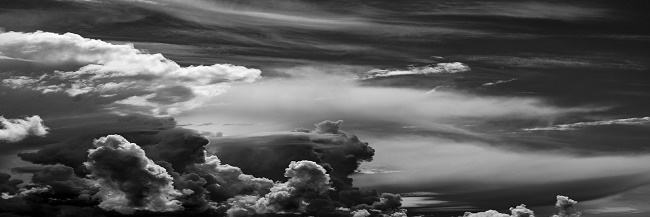
What is more scary than a dark stormy night? A dark stormy night on another planet. Check out these creepy, frightful storms that are out-of-this world spooky. But beware, you may not be able to sleep after reading this.
Devilish Dust Storms
NASA/JPL-Caltech/University of Arizona, Public domain, via Wikimedia Commons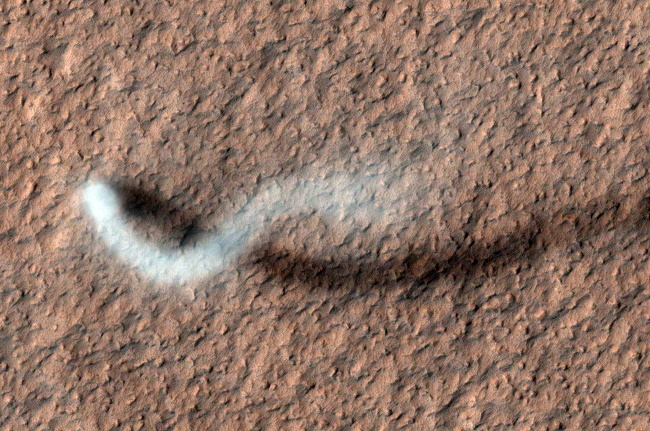
Every three years or so on Mars (five Earth years) there are dust storms so mighty that it covers the entire Red Planet, leaving only the peak of Olympus Mon showing.
This occurs when the warm air and dust from Mars mix with the cooler air above it, creating tremendous winds. These winds can reach up to 60 miles-per-hour (97 km) kicking up so much dust that it can blot out the Sun for weeks or even months. In addition, since the dust and sand smash against each other with such force, large amounts of static electricity is produced. Imagine being in this windy, dusty electric storm…
Venus Rains Down With Sulphuric Acid
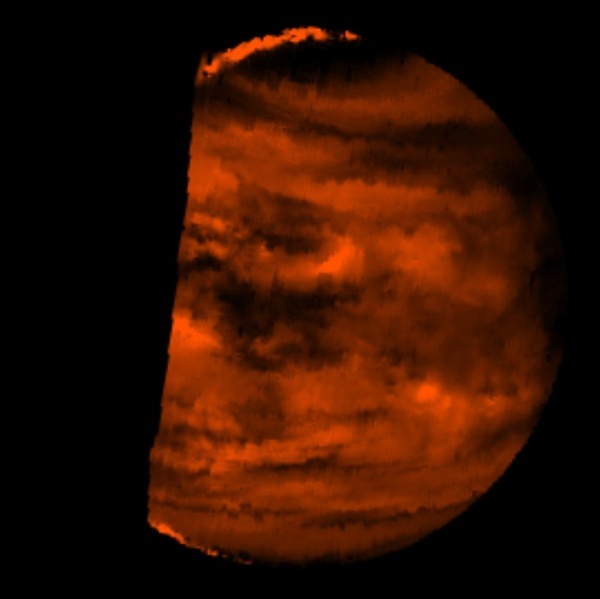
NASA/JPL, Public domain, via Wikimedia Commons
NASAVenus is filled with nightmarish qualities like the dull orangish glow that falls over the jagged landscape, the blazing temperatures that can exceed 860 degrees Fahrenheit (460 Celsius) – that’s hot enough to melt lead – and an atmosphere that is 90 times heavier than Earth’s. If that’s not enough, clouds race across the carbon dioxide sky producing rain storms with sulphuric acid raindrops. These drops of “rain” sizzle in the atmosphere and turn to steam before they ever hit the ground.
Jupiter’s Red Eyed Monster Storm
NASA, ESA, and A. Simon (Goddard Space Flight Center), Public domain, via Wikimedia Commons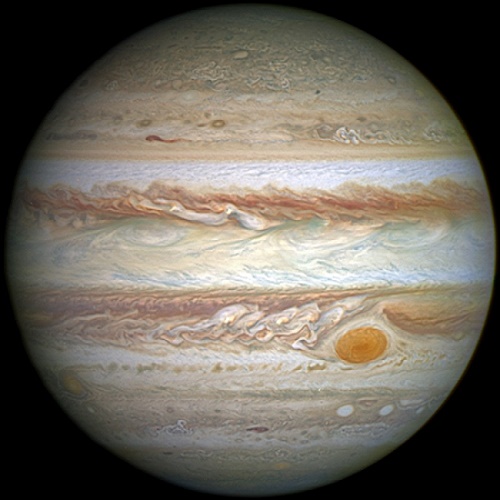
There’s been a storm-a-brewing like a witches cauldron on Jupiter for quite some time. In fact, astronomers have been watching it for over 150 years now. The Giant Red Spot on this planet can be seen from outer space and ranges about 17,000 miles in diameter (27,359 km). Scientists aren’t sure what makes the storms on Jupiter turn red when they grow, but they do know if a storm like this one hit Earth, it would have a devastating impact.
A Storm of…Glass?
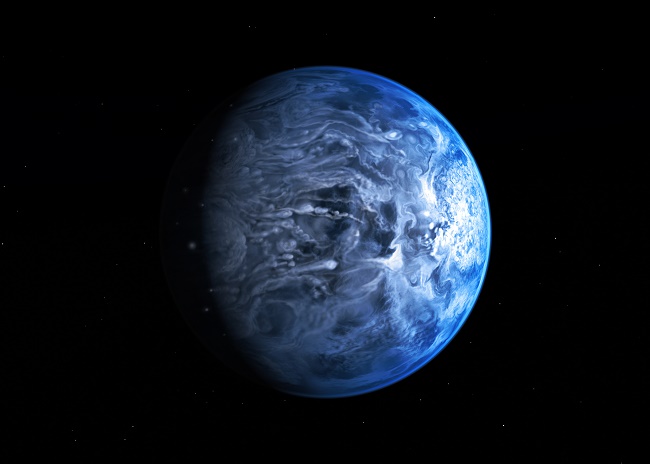
ESA/Hubble, CC BY 4.0, via Wikimedia Commons
Illustration of HD 189733bHD 189733b is a gas giant similar to Jupiter located on 63 light-years away and has the wackiest weather seen so far by any astronomer. This crazy cosmic wonder has winds that reach the velocity of at least 4,500 miles-per-hour (7,242 km). If that’s not enough to “blow your hair back” high up in the clouds of HD 189733b there brews a mixture of magnesium silicate that condenses into molten glass raindrops. When they scatter onto the surface they give this planet its deep blue coloring.
The next time a dark rainy night rolls into your area think about these spooky out-of-this world storms that are plaguing our celestial friends. All that thunder and lightening may not seem so scary in comparison after all.
Want to read more wacky facts? Check out ‘The Ghostly Glow of the Aurora Borealis.’ It’s simply spooky!
